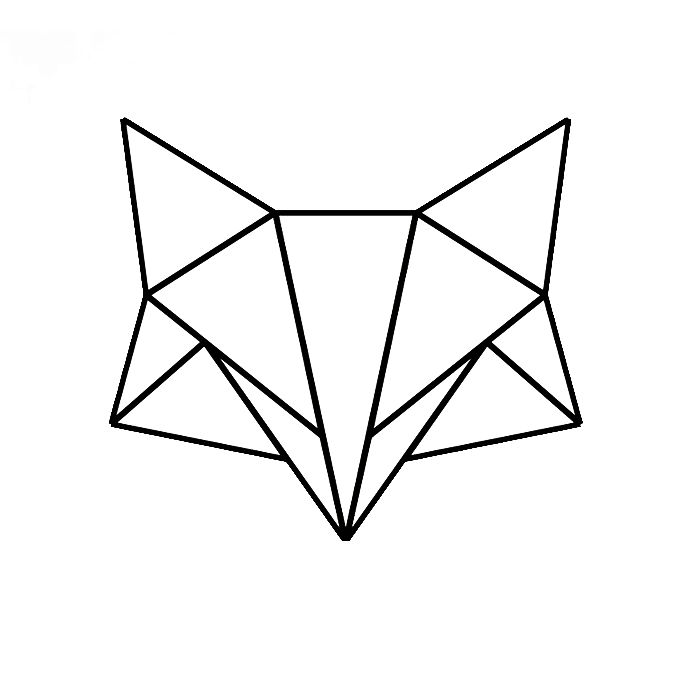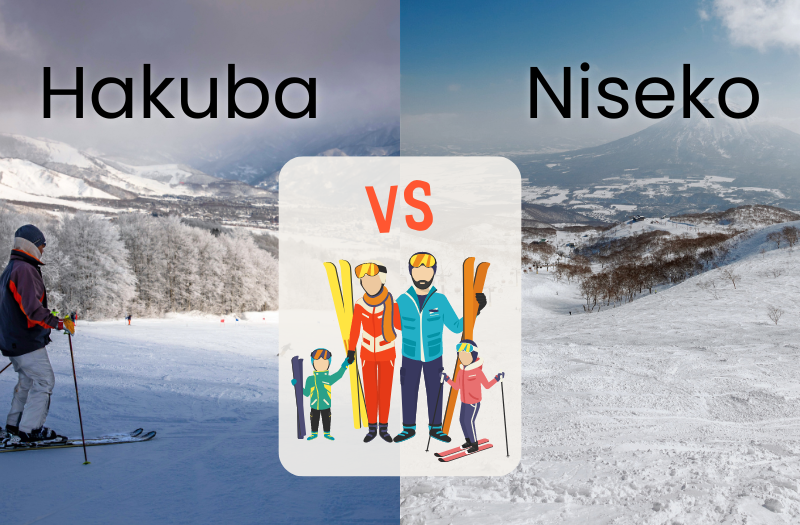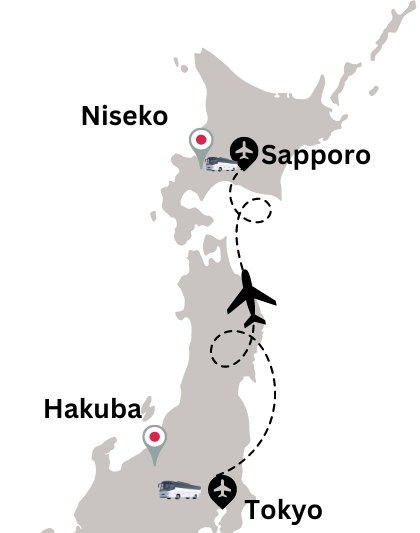You’ve decided to book a ski holiday in Japan but where will you go?
Every YouTube video and article keeps telling you how good their resort is. Your imagination runs wild—pristine powder, breathtaking mountain views, and kids frolicking in the snow. But the burning question remains: “Hakuba or Niseko?”
It’s a tough call, right?
Did you know that over 2 million tourists visit Hakuba and Niseko every winter?
If you’re struggling to decide which destination to choose for your family ski adventure, you’re in for a treat. This guide will explore Hakuba vs Niseko – from snow quality and terrain to cultural experiences and nightlife.
Whether you’re drawn to the iconic Japanese Alps or the powder-kissed slopes of Hokkaido, this article will help you make an informed decision.
Hakuba White Fox Co offers luxury accommodations with personalized concierge services.
Book your next ski vacation.
Hakuba vs Niseko
Resorts Comparison
When deciding between Hakuba and Niseko for a family ski vacation, it’s essential to compare what each resort offers to meet your adventure needs.
Hakuba
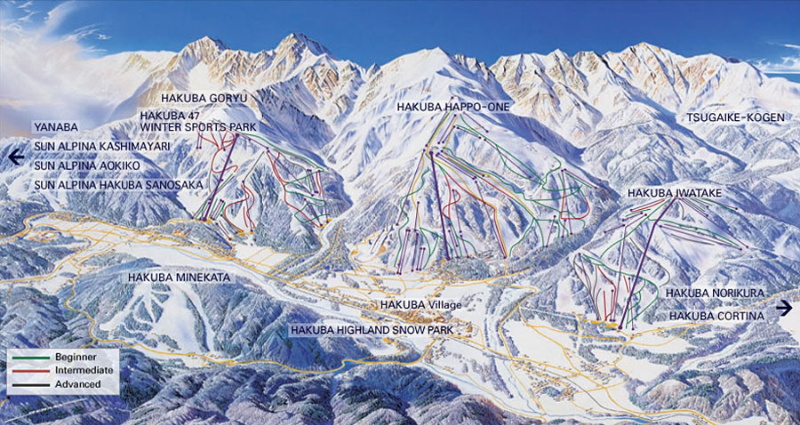 # of Resorts: 10
# of Resorts: 10- number of lifts: 111
- Number of Runs: 147
- Average Annual Snowfall: 11+ meters
Pros:
- A wide range of ski runs for different skill levels
- A variety of non-skiing activities
Cons:
- Navigating between resorts
Hakuba is a fantastic destination for families looking for a diverse skiing experience. Its decentralized layout features an impressive network of 10 resorts accessible via a single pass. Epic Pass holders get 5 days of skiing in Hakuba.
The convenience of having multiple resorts offers unique experiences tailored to different skill levels, from gentle beginner trails perfect for children to exhilarating off-piste areas for the more adventurous. Renting a car is recommended to get the most out of Hakuba.
Niseko United

- # of Resorts: 4
- Number of lifts: 33
- Number of runs: 61
- Average Annual Snowfall: 15+ meters
Pros:
- Centralized layout for easy navigation
- Incredible powder snow conditions
Cons:
- Less variety compared to Hakuba
Niseko is much more centralized, with its focal point being four major resorts: Grand Hirafu, Hanazono, Niseko Village, and Annupuri. The exceptional snow conditions, often knee-deep powder, make Niseko a paradise for skiers, especially during night skiing when the crowds thin out. Utilizing the Ikon Ski Pass makes transitioning between these resorts a breeze. On clear days, the views of Mount Yotei are awe-inspiring.
Location
Hakuba
Pros:
- Easy access from major airports
- Diverse terrain and snow conditions
Cons:
- Longer travel time compared to Niseko
Hakuba is on the main island of Honshu in the heart of the Japanese Alps. It is a 4.5-hour drive, or 2 hours if you take the bullet train to Nagano and the highway bus to Hakuba. Travelers can fly into one of the two major airports nearby—Narita International Airport or Haneda Airport. From there, take a connecting flight to Matsumoto Airport and a shuttle bus directly to Hakuba.
Hakuba’s snow season tends to start later and end earlier than Niseko’s. However, the ten ski resorts scattered throughout the Hakuba Valley offer a more diverse experience.
Niseko
Pros:
- Shorter drive from the airport
Cons:
- Fewer international flights
- Connecting flight from Tokyo or Osaka
Niseko is located on the northern island of Hokkaido and is known for its colder temperatures and consistent snowfall. It is approximately a 2.5-hour drive or 3-hour bus ride from Sapporo’s New Chitose Airport. However, Chitose has limited international flights, and travelers may need a connecting flight from Tokyo or Osaka.
Terrain
Hakuba
Pros:
- 10 resorts
- Terrain for all levels
- Enough terrain for a lifetime
Cons:
- Logistics of getting to different resorts
Hakuba’s slopes range from gentle, beginner-friendly trails to extreme off-piste adventures. Happo One, with its significant vertical drop and notably steep terrain, is a highlight for adrenaline junkies. The backcountry, part of the Freeride World Tour (FWT), offers some of the most exhilarating terrain in Japan. Hakuba has enough terrain for a lifetime of skiing.
Niseko
Pros:
- 4 resorts
- Terrain for all levels
Cons:
- After a week, you’ve skied everything
- Flat for the amount of snow
Niseko is synonymous with powder skiing. The terrain is generally more welcoming for those who enjoy gentler slopes covered in “champagne powder.” Niseko also offers fantastic backcountry skiing opportunities, with accessible routes to side-country and backcountry ski areas for thrilling off-piste experiences. Gentle terrain means longer, sustained runs, perfect for savoring the snow. The backcountry ski areas here might not be as steep, but Niseko offers excellent, easily accessible side-country for powdery fun.
Snow Quality
Hakuba
Pros:
- Large snowstorms mean big powder days
- Sunny weather in between storms
Cons:
- Less snow (good and bad)
- Snow is heavier
Hakuba receives substantial snowfall—over 11 meters annually. While the quantity might not match Niseko, Hakuba gets more bluebird days, making for picturesque and memorable skiing experiences. When the snowstorms hit, they come in massive dumps, layering the mountains with pillowy, fresh powder that begs to be skied.
Families will find less powder easier to ski and more enjoyable for children.
Niseko:
Pros:
- Consistent snowfall
- Light, fluffy powder
Cons:
- Flat terrain for the amount of snow
Niseko’s snowfall is legendary, averaging about 15 meters annually. It’s the place for consistent and continuous snowfall, creating an almost perpetual state of fresh powder. While fewer big storms mean less dramatic dumps, the sheer quantity of snow makes up for it. Powder enthusiasts often call it the holy grail, and I can’t disagree—the sensation of floating through fresh snow there is unparalleled.
Dining and Nightlife
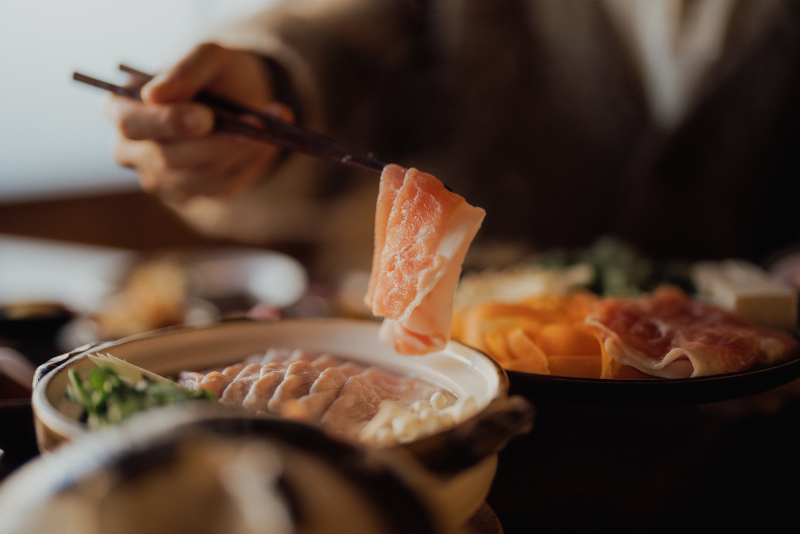
Hakuba
Pros:
- Variety of dining options
- Après-ski scene
Cons:
- Spread out, making it harder to try different restaurants
- Nightlife can be hit or miss
Hakuba offers various dining options, from traditional Japanese cuisine to international flavors. The après-ski scene is lively and welcoming, with many bars and pubs catering to locals and tourists. However, the village is spread out across several resorts, which can make it challenging to try different restaurants.
Nightlife in Hakuba can also be unpredictable; some nights may be bustling with energy, while others may feel quiet. Overall, though, there are plenty of options for those looking to enjoy their evenings after a day on the slopes.
Niseko:
Pros:
- Concentrated village with numerous dining options
- Nightlife is vibrant and diverse
Cons:
- It can be crowded during peak season
- Higher prices for food and drinks
Niseko’s village is more compact than Hakuba’s, making walking around to restaurants easier. Various cuisines, from local Japanese fare to international dishes, are available.
Similarly, Niseko offers a bustling nightlife scene with many bars, clubs, and events happening throughout the season. However, this can also make it quite crowded during peak season.
One thing to note is that prices for food and drinks tend to be higher in Niseko due to its popularity among international tourists.
Cultural Experiences
Hakuba
Pros:
- Access to traditional Japanese culture and activities
Cons:
- More rustic, village vibe
Hakuba offers visitors a unique opportunity to experience traditional Japanese culture and customs. This includes participating in tea ceremonies, wearing an authentic kimono, attending a local festival, or visiting natural hot springs.
Niseko
Pros:
- Opportunity to experience both traditional and modern Japanese culture
Cons:
- It can feel more touristy and less authentic
Niseko visitors can also partake in traditional cultural experiences such as tea ceremonies and wearing kimonos. However, the village also has a more modern and international feel, with many luxury resorts and trendy restaurants catering to tourists.y
Crowds
Hakuba
Pros:
- More spacious and quieter slopes
Cons:
- Can feel more isolated and less lively
Hakuba’s larger ski area makes the slopes less crowded and chaotic, even during peak times. Additionally, the village is spread out, making it more serene than Niseko.
However, this can also mean that there may be fewer social activities and events in Hakuba than in Niseko.
Niseko
Pros:
- Vibrant atmosphere with lots of social opportunities
Cons:
- Potential for long lift lines and crowded runs
Niseko is known for its lively atmosphere and bustling nightlife scene. Visitors can expect restaurants, bars, and events catering to tourists worldwide. However, this also means that the slopes may be more crowded during peak season, and lift lines may be longer than in Hakuba.
Conclusion
So, which should you choose: Niseko vs Hakuba?
Ultimately, it depends on your personal preferences. Hakuba might be your ideal destination if you crave diverse terrain, rich cultural experiences, and a quieter atmosphere. On the other hand, if consistent powder, vibrant nightlife, and an international vibe are more your style, Niseko could be your winter wonderland.
Both Hakuba and Niseko offer unique skiing experiences that cater to different tastes.
Why not plan to explore both?
After all, skiing in Japan is an adventure every snow enthusiast should experience at least once. And who knows, you might fall in love with both, making your return ski trip a delightful debate rather than a dilemma.
About Us
Hakuba White Fox Co offers luxury accommodations with personalized concierge services.
From ski lessons to dining, our bilingual team ensures a seamless, unforgettable stay in Hakuba.
FAQ
Which is better Hakuba or Niseko?
Hakuba and Niseko are both excellent family ski destinations. Niseko has fewer runs and tends to be more expensive. Hakuba has more resorts and is more traditionally Japanese.
Is Hakuba worth it?
Yes, we live in Hakuba and highly recommend it.
Is skiing in Hakuba expensive?
Skiing in Hakuba and Japan is quite reasonable compared to the cost of skiing in North America and Europe.
What is the best month to ski in Hakuba?
The best ski months in Japan are January and February. This is peak snow season, and you have the highest chance of skiing powder. However, we highly recommend March for families. The snow is still excellent, the runs are less crowded, and the weather is sunnier.
How many days do you need in Niseko?
We recommend at least five days in Niseko.
What are the most famous Japanese ski resorts?
The most famous ski resorts in Japan are:
- Niseko
- Hakuba
- Rusutsu
- Nozawa Onsen
- Shiga Kogen
- Myoko Kogen

